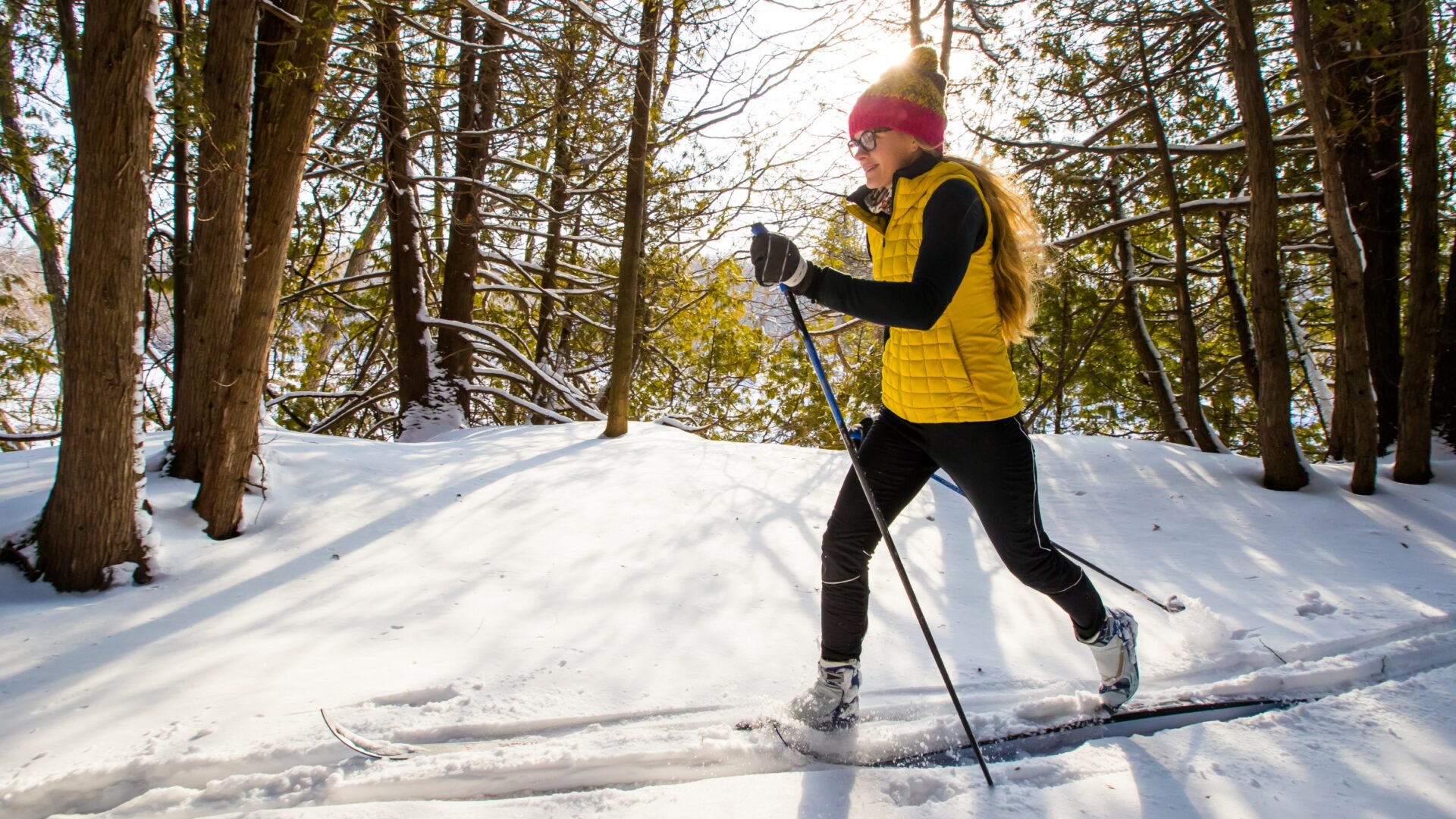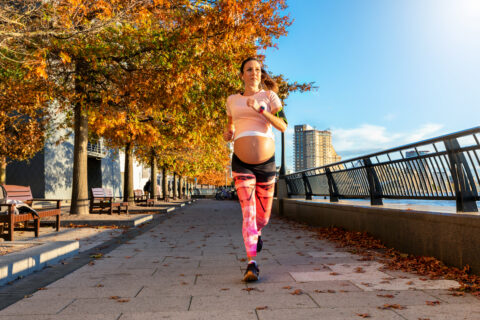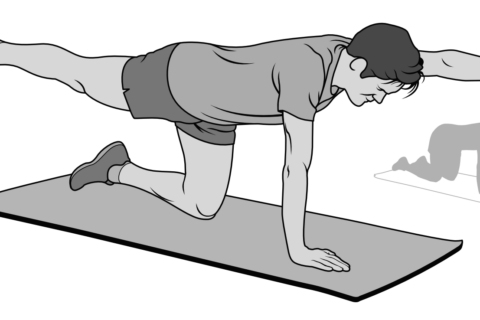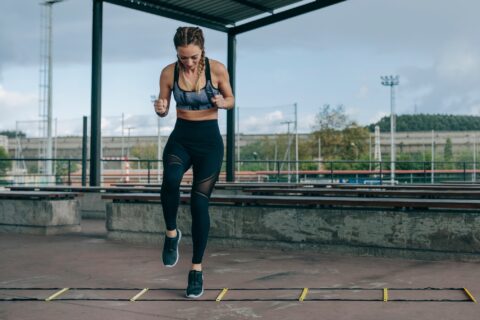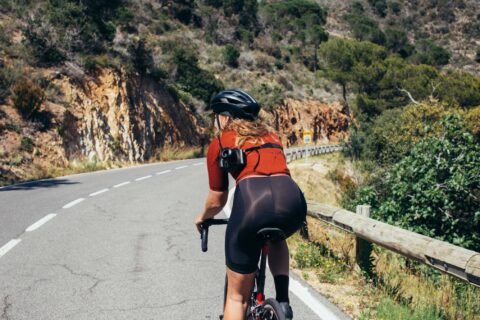Nordic skiing is a great multi-planar sport for cyclists to do during the off season. Add in a cooldown spin after a ski session for a multi-modal workout.
Nordic skiing is a great multi-planar sport for cyclists to do during the off season. Add in a cooldown spin after a ski session for a multi-modal workout.
